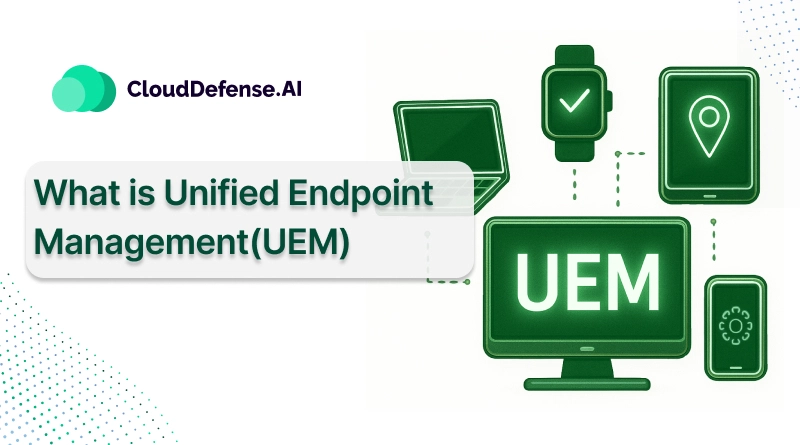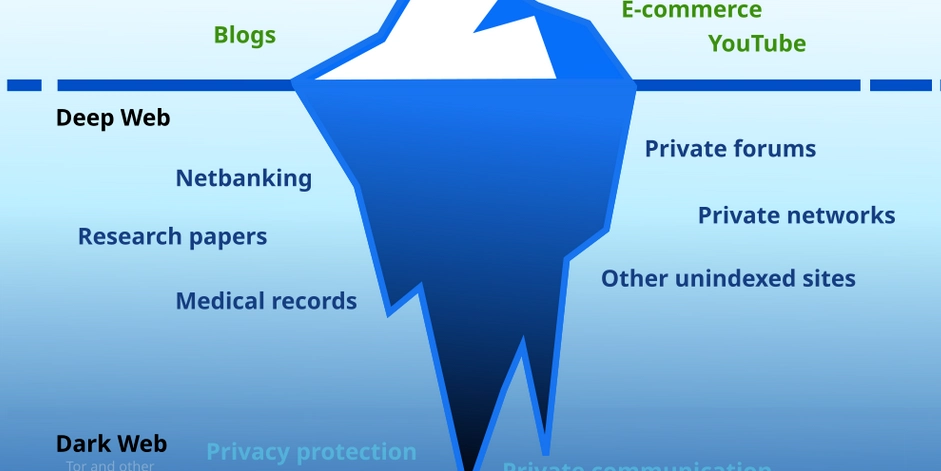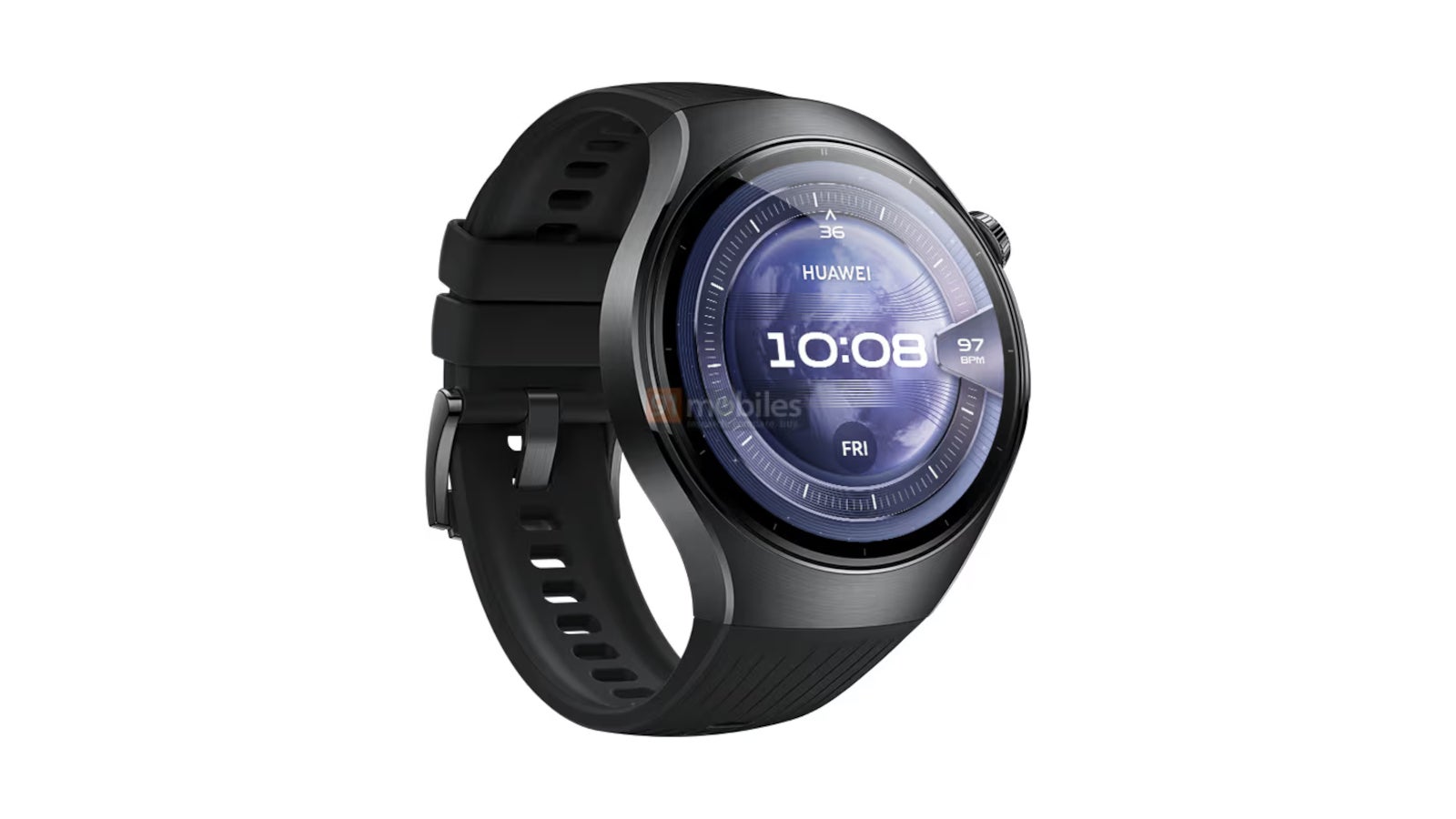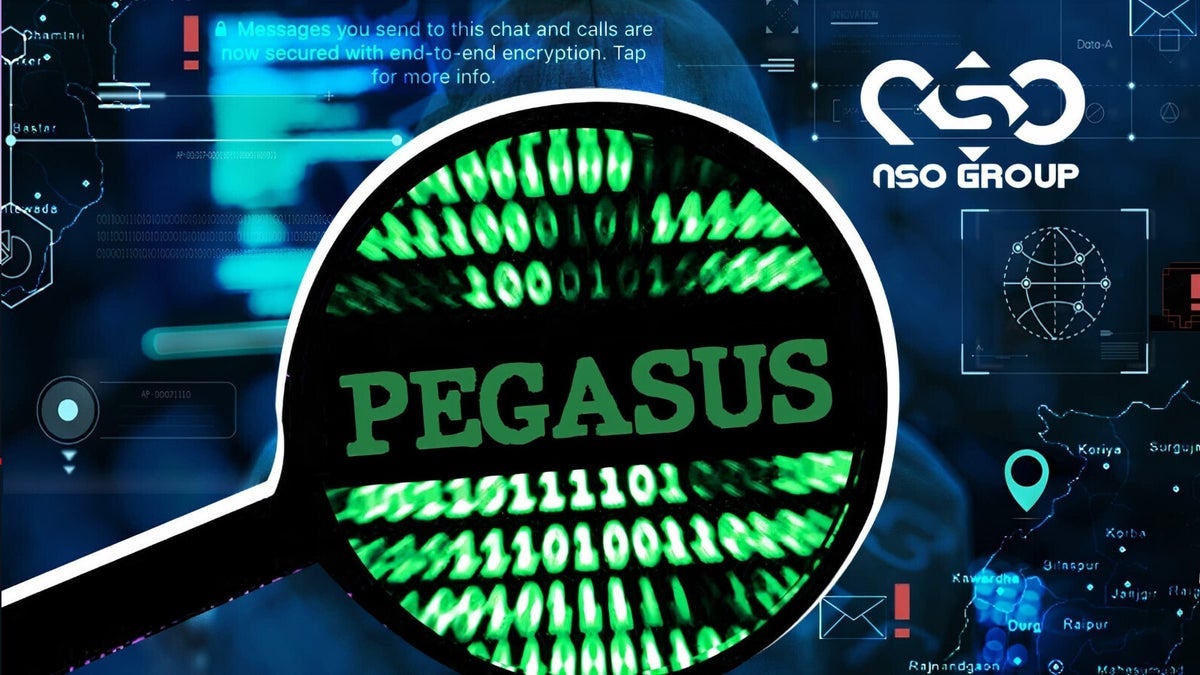What Is Unified Endpoint Management?
As organizations adapt to hybrid and remote workforces, the growing diversity of endpoints—laptops, smartphones, IoT devices, and more—demands a unified strategy to ensure security and operational control. Unified Endpoint Management (UEM) delivers just that: a centralized solution that empowers IT teams to manage, secure, and monitor all endpoints through a single pane of glass. What Is UEM and Why Does It Matter? Unified Endpoint Management is a modern security and device management approach designed to streamline operations across all user endpoints. Whether devices are company-issued or employee-owned, UEM ensures they are configured, secured, and compliant with enterprise policies. More than just a tool, UEM combines the strengths of Mobile Device Management (MDM), Mobile Application Management (MAM), and client management tools to provide a holistic solution. It’s especially valuable in eliminating tool sprawl and providing seamless control over a complex digital ecosystem. From Fragmentation to Integration: The Evolution of Endpoint Management Endpoint management didn’t start with UEM. It evolved: MDM offered rigid control over corporate-owned devices. MAM shifted focus to managing apps without interfering with personal use. EMM extended coverage but struggled to support on-prem infrastructure effectively. UEM emerged as the answer to these challenges, offering comprehensive oversight of both mobile and traditional endpoints, including desktops and servers—all managed through a unified console. It supports legacy integration, enables scalability, and improves user experiences. The Role of UEM in Strengthening Endpoint Security UEM isn’t just about convenience—it’s a critical enabler of cybersecurity. Key contributions include: Access Control: Ensures users access only what they need, minimizing risk. Patch Automation: Facilitates timely security updates across devices. Full Visibility: Offers real-time insights into all endpoints, enhancing threat detection. Compliance Monitoring: Supports adherence to GDPR, HIPAA, PCI DSS, and more. Threat Response: Enables quick isolation or reset of compromised devices. Core Features and Business Benefits Modern UEM platforms integrate AI-driven analytics, application control, device lifecycle management, and identity access features. Key business advantages include: **Cost Efficiency: **Reduces overhead by consolidating tools and streamlining workflows. Scalability: Easily adapts to growth and change across device ecosystems. Proactive Security Posture: Enhances threat hunting and vulnerability response. User-Centric Management: Balances control with user flexibility and productivity. Conclusion: A Must-Have for Modern IT Environments Unified Endpoint Management has become indispensable for organizations navigating distributed work models and evolving cyber threats. By consolidating security, visibility, and control into a single, intelligent platform, UEM supports agility, compliance, and enterprise resilience. For companies prioritizing digital transformation and secure workforce enablement, UEM isn’t just beneficial—it’s foundational.


As organizations adapt to hybrid and remote workforces, the growing diversity of endpoints—laptops, smartphones, IoT devices, and more—demands a unified strategy to ensure security and operational control. Unified Endpoint Management (UEM) delivers just that: a centralized solution that empowers IT teams to manage, secure, and monitor all endpoints through a single pane of glass.
What Is UEM and Why Does It Matter?
Unified Endpoint Management is a modern security and device management approach designed to streamline operations across all user endpoints. Whether devices are company-issued or employee-owned, UEM ensures they are configured, secured, and compliant with enterprise policies.
More than just a tool, UEM combines the strengths of Mobile Device Management (MDM), Mobile Application Management (MAM), and client management tools to provide a holistic solution. It’s especially valuable in eliminating tool sprawl and providing seamless control over a complex digital ecosystem.
From Fragmentation to Integration: The Evolution of Endpoint Management
Endpoint management didn’t start with UEM. It evolved:
- MDM offered rigid control over corporate-owned devices.
- MAM shifted focus to managing apps without interfering with personal use.
- EMM extended coverage but struggled to support on-prem infrastructure effectively.
UEM emerged as the answer to these challenges, offering comprehensive oversight of both mobile and traditional endpoints, including desktops and servers—all managed through a unified console. It supports legacy integration, enables scalability, and improves user experiences.
The Role of UEM in Strengthening Endpoint Security
UEM isn’t just about convenience—it’s a critical enabler of cybersecurity. Key contributions include:
- Access Control: Ensures users access only what they need, minimizing risk.
- Patch Automation: Facilitates timely security updates across devices.
- Full Visibility: Offers real-time insights into all endpoints, enhancing threat detection.
- Compliance Monitoring: Supports adherence to GDPR, HIPAA, PCI DSS, and more.
- Threat Response: Enables quick isolation or reset of compromised devices.
Core Features and Business Benefits
Modern UEM platforms integrate AI-driven analytics, application control, device lifecycle management, and identity access features. Key business advantages include:
- **Cost Efficiency: **Reduces overhead by consolidating tools and streamlining workflows.
- Scalability: Easily adapts to growth and change across device ecosystems.
- Proactive Security Posture: Enhances threat hunting and vulnerability response.
- User-Centric Management: Balances control with user flexibility and productivity.
Conclusion: A Must-Have for Modern IT Environments
Unified Endpoint Management has become indispensable for organizations navigating distributed work models and evolving cyber threats. By consolidating security, visibility, and control into a single, intelligent platform, UEM supports agility, compliance, and enterprise resilience.
For companies prioritizing digital transformation and secure workforce enablement, UEM isn’t just beneficial—it’s foundational.








































































































































































![[The AI Show Episode 145]: OpenAI Releases o3 and o4-mini, AI Is Causing “Quiet Layoffs,” Executive Order on Youth AI Education & GPT-4o’s Controversial Update](https://www.marketingaiinstitute.com/hubfs/ep%20145%20cover.png)































































































































![[DEALS] Mail Backup X Individual Edition: Lifetime Subscription (72% off) & Other Deals Up To 98% Off – Offers End Soon!](https://www.javacodegeeks.com/wp-content/uploads/2012/12/jcg-logo.jpg)





































































































































































































































![Google reveals NotebookLM app for Android & iPhone, coming at I/O 2025 [Gallery]](https://i0.wp.com/9to5google.com/wp-content/uploads/sites/4/2025/05/NotebookLM-Android-iPhone-6-cover.jpg?resize=1200%2C628&quality=82&strip=all&ssl=1)

















![Apple Reports Q2 FY25 Earnings: $95.4 Billion in Revenue, $24.8 Billion in Net Income [Chart]](https://www.iclarified.com/images/news/97188/97188/97188-640.jpg)







































































































